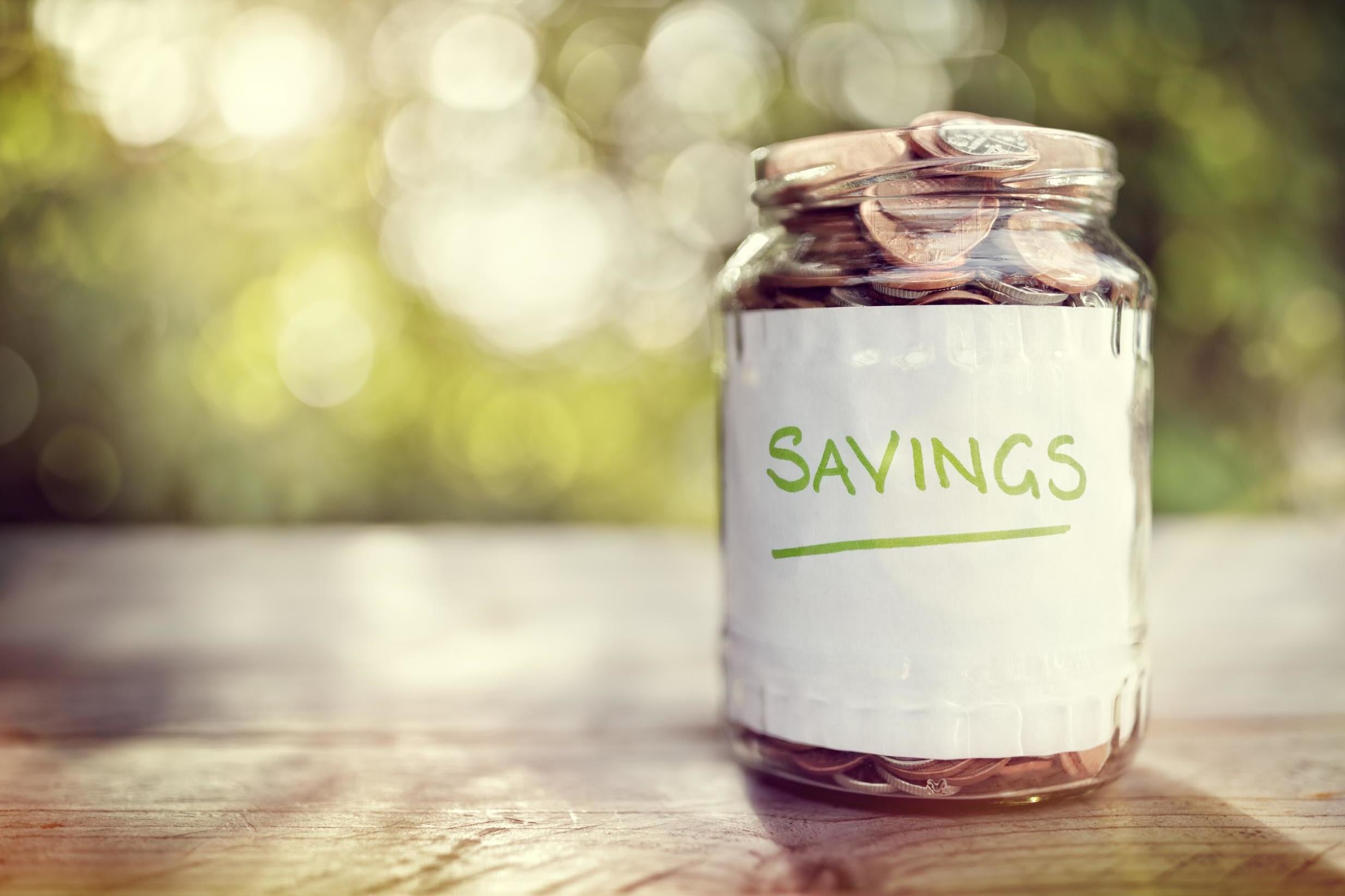The Independent's journalism is supported by our readers. When you purchase through links on our site, we may earn commission.
How much money you should be saving, according to a financial expert
You really need to make a budget

Whether it is a rainy-day savings or money put away for a future investment, having a savings is an integral part of growing up.
After all, the unpredictability of life means you’ll never know when you need money for anything from a much-needed vacation to a health emergency.
But when it comes to just how much money you should actually be saving each month, the answer varies.
To get an understanding of how much we should be saving, we spoke to Rachel Cruze, a financial expert and New York Times best-selling author, who told us that although a budget is “specific to you and dependent on your life,” there are some percentages we should follow.
“For savings, a good rule of thumb is to save between 10 to 15 per cent of your income,” Cruze told us.
If you don’t know where to start, Cruze recommends creating a budget around your financial goals.
“Dream about where you want to be in life, set some financial goals and create a budget around them,” she said. “You’ll quickly find that a budget actually gives you freedom because it gives you permission to spend.”
You can also use a smartphone app to help, if you don’t think you’re able to save 10 to 15 per cent.
The same is not true for those who have debt, however. Although Cruze recommends not letting debt become an “option," and a different tactic is useful for those trying to save while in debt.
Explaining that it doesn’t “make sense to throw a bunch of money into your savings when you have debt on the table,” Cruze said that those who are working their way out of debt should “focus on building a starter emergency fund of $1,000”.
“Once you have that established, you can attack your debts smallest to largest,” according to Cruze, who explained that the tactic, known as the debt-snowball method, is the best for dealing with debt.
The snowball method is the idea of picturing debt payments as a snowball rolling down a hill at high speed as it grows larger.
“It starts small, but with each turn down the hill, it adds another layer of snow, growing larger and larger and gaining momentum. By the time the snowball reaches the bottom of the hill, it looks more like a boulder than a ball,” the blog explains. “This is the theory you’ll apply to paying off your debt. You’ll start small with focused intensity. Over time, you’ll gain momentum.”
For the method to work, you pay your debts from smallest to largest, regardless of interest rate - making minimum payments on every debt except the smallest one.
Once you clear the first debt, you allocate the money you were putting towards that debt to the second-smallest.
According to financial experts and researchers, the approach is about “behaviour modification,” and is often the most effective method for paying off debt - as it makes progress feel possible and attainable.
After all your debt is cleared, Cruze says you are “free to save”.
But no matter where you are in your saving journey, Cruze advises focusing only on your personal saving goals and budget, and not comparing your plans to those of others.
“Comparison will rob you of your joy and your bank account,” she told us. “It’s so easy to fall into the comparison trap with social media, but you’re comparing someone else’s highlight reel to your real life.”

That means not feeling bad if you are not among the 16 per cent of millennials who have $100,000 saved.
For more helpful money-saving and budgeting apps, you can find our recommendation's here.
Join our commenting forum
Join thought-provoking conversations, follow other Independent readers and see their replies
Comments
Bookmark popover
Removed from bookmarks